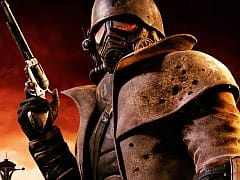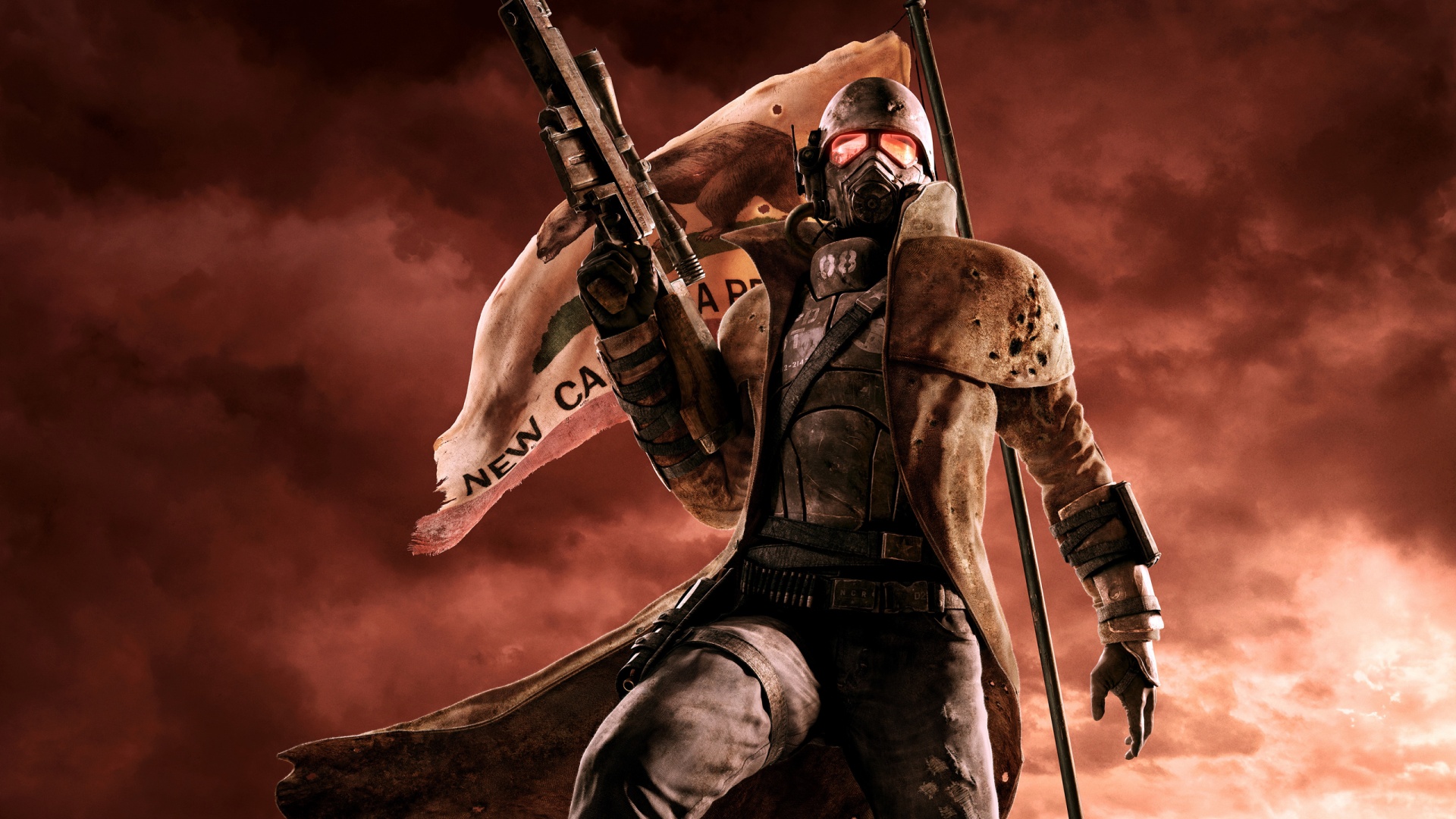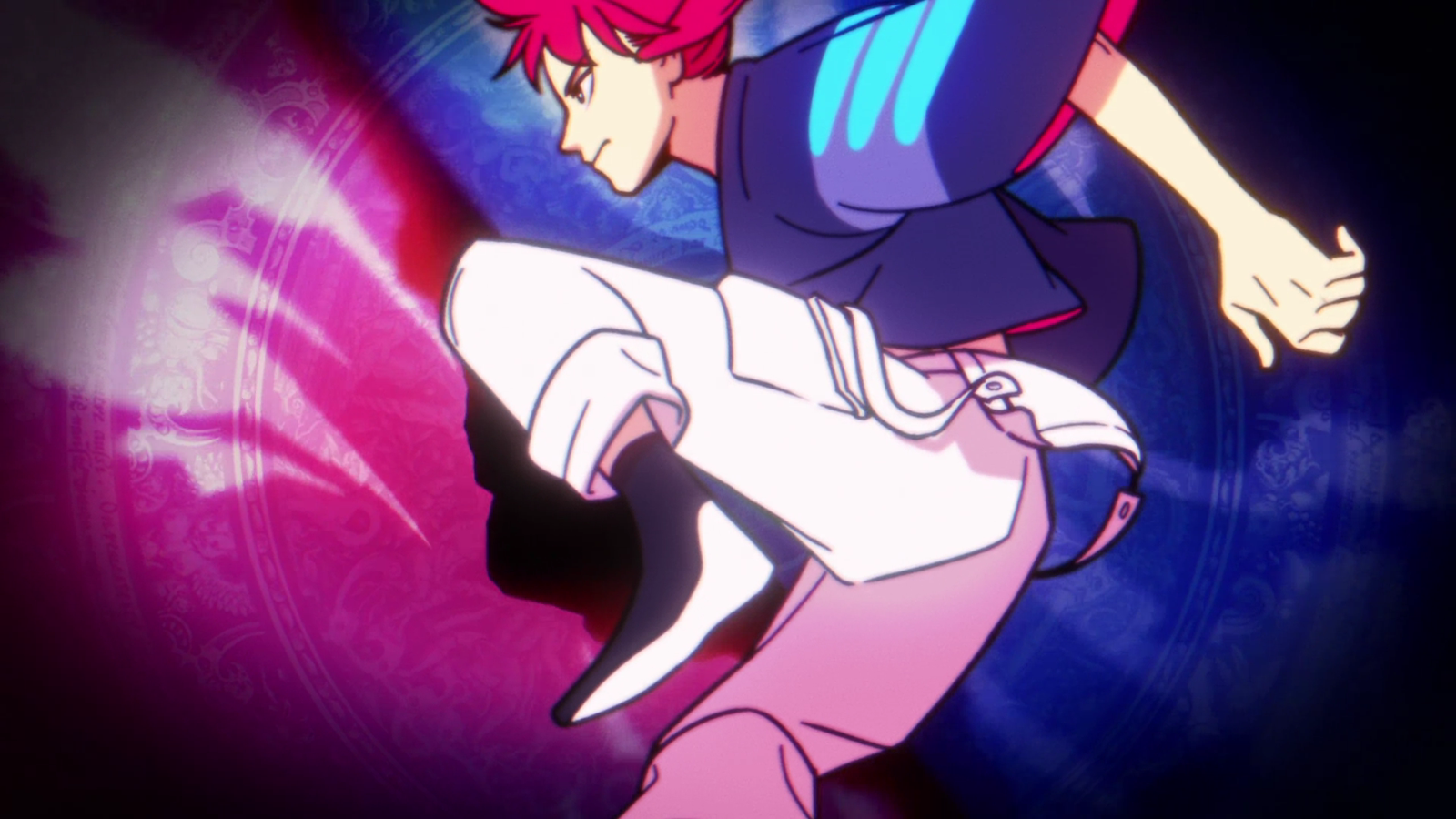You can trust VideoGamer. Our team of gaming experts spend hours testing and reviewing the latest games, to ensure you're reading the most comprehensive guide possible. Rest assured, all imagery and advice is unique and original. Check out how we test and review games here
For years now the Fallout games have been telling us that war never changes. The series itself, meanwhile, has been in an ongoing state of flux: Fallout 2 initially appeared to be an expanded facsimile of its predecessor, and yet buried beneath its surface lay a number of important tonal differences – notably an increased fondness for juvenile humour and tongue-in-cheek nods to pop culture. Next came Fallout: Tactics, a curious but not entirely unsuccessful attempt to at squad-based strategy. Then the franchise entered its darkest period: Interplay descended into financial turmoil, the third true game – known at the time as “Van Buren” – was cancelled, and the entire Black Isle team was laid off. To add insult to injury, these losses were followed by the release of Fallout: Brotherhood of Steel – a dire, Interplay-developed shooter that dragged the license into a dark alley where nasty things were done to it. At the time, long-time fans affectionately dubbed the game “Fallout: PoS“.
Then, of course, there was Fallout 3. When Bethesda announced it had acquired the Fallout brand from Interplay, the established fanbase greeted the news with a fair amount of wailing and gnashing of teeth. It was an understandable reaction, up to a point: the preceding disappointments were very painful for a lot of us. But while the final product split opinion among veteran devotees, the fact remains that Fallout 3 saved the brand. True, it departed considerably from some of the established lore, but it was a pretty damn good game in its own right, and one that brought Fallout to a colossal new audience. Ironically, many of these newcomers are now worried about the fact that New Vegas has been developed not by Bethesda, but by Obsidian – a studio now home to many Black Isle refugees.
Please forgive me for the extended history lesson, but it’s important to consider all this when appraising New Vegas, particularly if you’re one of the many people who only joined the party in 2008. You’d be forgiven for expecting this game to be a re-skinned reprisal of the game we played two years ago. That’s really not the case. Sure, much of the core experience remains unchanged: it’s the same engine, after all, and while the setting has shifted from Washington to the Mojave – trading Fallout 3’s green hues for a dusty orange colour scheme – the basic mechanics and presentation are pretty much identical. This is another epic post-apocalyptic RPG, played from the first-person perspective, with a combat system that lets you pause time to cue up carefully-aimed shots. So far, so Fallout 3 – but the contrasts lie in what Obsidian has done with these returning elements, alongside their approach to quests and the tone of the adventure.
For all its side quests and distractions, Fallout 3 was ultimately a fairly clear-cut tale of Good vs. Evil. It was the story of one character’s life, beginning with their birth in Vault 101 – one of the town-sized shelters which protected a lucky minority from the nuclear war that ended life as we know it. When your Dad went missing, you followed him out into the Wasteland – a world of mutants, gunfights, and the struggling remnants of humanity. Eventually you became aware of a fascist threat to what was left of civilisation, and you took appropriate action. You could destroy the bad guys or you could help them achieve their goals, but either way there was never any doubt about who the villains were.
New Vegas, on the other hand, begins with you being shot in the head. You’re no Vault-dweller – you’re just an everyday courier who happened to take the wrong job. A helpful robot digs you out of your shallow grave, and then you set out to find the men who installed a 9mm hole in your skull. As you follow your would-be murderers, you’ll see a lot of strange and terrible things: insects the size of cars, roving packs of bandits, innocent people left to die on crosses. You’ll meet pin-striped gangsters, slavers who model themselves after the Roman Empire, and the soldiers of a bureaucratic republic out to colonise the entire Wasteland. And throughout these encounters you’ll wonder to yourself, “Where are the good guys?”
Obsidian’s New Vegas is a land of violence, deception and muddy morality. The good/bad karma system of Fallout 3 has been replaced with a localised reputation mechanic, one that finds individual settlements and organisations reacting to your every decision. The last game boasted a wealth of quests and mini-assignments, but here almost every conversation will lead to a new entry on your to-do list. There is somewhere in the region of 90 major quests to undertake, plus dozens upon dozens of smaller tasks to handle. Sometimes there will be an obviously kind or cruel way to complete your objectives, but often you’ll be left to decide for yourself what constitutes the “right” way to proceed.
And regardless of your decision, it’s more than likely that you’ll piss someone off with your actions. The Capital Wasteland of Fallout 3 often felt like a disparate collection of places to visit, but the Mojave of New Vegas feels like a living, interconnected world. Settlements are generally far larger this time around, and thanks to Obsidian’s attention to detail they’re far easier to believe in. You’ll see farmlands, watch people struggling to obtain food and medical supplies, and you’ll hear people worrying over the all-out war that seems destined to kick off at any second. And as a result of these touches, you’ll understand exactly why people get pissed off when you start treading on their toes, or using a plasma rifle to melt their livestock.
The game world feels like a bigger, messier place than before, but that’s not the only area of expansion. Obsidian has wisely set the level cap at 30 – a 50 per cent increase on the initial limit of Fallout 3 – and though it’s perfectly possible to finish the game at around level 16, after roughly 25 hours of play, the odds are that it’ll take you far longer, such is the volume of things to see and do.
I’ve assumed that most people will be fairly familiar with the way that Fallout works. If you’re a veteran of the 2008 game (or indeed the Black Isle originals) then you’ll have no problems jumping straight into the action. If, on the other hand, you’re a recent convert to post-apocalyptic exploration – or, heaven forbid, to the RPG genre – then you may be in for a bit of a hard time, at least in the early days. In contrast with Fallout 3’s lengthy opening, New Vegas keeps the tutorials to a minimum. I’ve no doubt that a lot of people will be happy about this, but it’s also fair to say that a few newcomers might find themselves a bit lost – at least until they’ve learned to be cautious, and to pick up and sell everything they can lay their hands on. Your AI opponents are a good deal tougher than in the previous game (though they don’t seem any smarter), and it’ll take some time before you’re wielding any decent firepower.
Thankfully there are a solid number of NPC companions for you to recruit as back-up, and if you can find a buddy they’ll probably look after you until you can get to grips with how everything works. Incidentally, these allies are a vast improvement on those offered by the last game: a new radial menu lets you swiftly heal them, access their inventory and adjust their tactics (although you need to be next to them to access it). Best of all you can actually talk to them this time; if you’re persistent, you may even unlock a personal quest to learn a bit more about them.
In a slight concession towards more mainstream gamers, Obsidian has allowed gamers to aim down their sights when free blazing away with their guns. If you so desire, you can configure the game to use “true” iron sights – which is to say, you’ll hit where you aim; Fallout 3 used invisible dice rolls to determine the fate of each shot. It’s a nice addition, but I suspect that most people will stick to VATS – the mechanic that lets you freeze time and then assign a number of shots to specific targets. It’s still a fun little system to use, and while it feels a bit overpowered at times, there’s still plenty of satisfaction to be found in every exploding head or blown-off limb. Besides, if you find everything a bit too easy there’s always the option to enable Hardcore mode – a setting designed to address a number of complaints levelled at Fallout 3.
When enabled, Hardcore forces players to regularly sleep, eat and drink water; if you fail to meet these demands, you’ll suffer stat penalties – and eventually death. As an added burden, medicinal items will only restore your health over time (rather than instantly) – and if one of your limbs gets crippled, you’ll be forced to find a doctor to heal. This may all sound quite brutal, but that’s precisely the point. The curious thing is that it’s also thoroughly enjoyable: I began my game on Hardcore with the intention of reverting to standard play after I’d had a chance to assess it, but somehow never switched back. Yes, it’s annoying when you step on a mine and blow your foot off, just as you’re about to explore that mysterious bunker you’ve stumbled across, but the rewards are worth the effort.
In the early days you’ll be desperate for water, keenly noting the spots you can nip back to for a quick drink. You’ll establish crash pads, stock up on Gecko meat to eat at a campfire (the ability to craft survival items is another new addition) and generally act like a radioactive Bear Grylls. It’ll instantly appeal to older Fallout fans, but I urge everyone to give it a go.
On that note, it’s important to mention Obsidian’s reverence for the established Fallout canon. For everything it did right, Fallout 3 did a lot of needless tinkering with the universe that Black Isle so carefully established. Aside from a few minor references, New Vegas almost completely ignores Bethesda’s approach to the license; on the other hand, it’s also packed with nods and winks to the plots of Fallouts 1 and 2. There’s mention of The Hub, Modoc, Navarro and countless other locations from the California-based parts of the universe. You’ll encounter branches of organisations and descendants of characters from the earlier games, and all of these appearances are handled with intelligence and care. Super Mutants are no longer depicted as mindless monsters, and the Brotherhood of Steel are correctly portrayed as self-important isolationists, rather than the Goody Two-Shoes they were in Fallout 3. Most touchingly of all, there are sly references to things that were planned for the cancelled Van Buren. It’s amazing to spot these details, especially when you know they’ll go unnoticed by the majority.
It’s possible, of course, that some people who loved Fallout 3 will be a bit bemused by the darker, more cynical feel of New Vegas. Even so, such people are bound to appreciate the vast improvements to the script and voice acting. Matthew Perry’s Benny is one highlight – a slippery weasel of a hipster who somehow ends up being totally loveable, despite the fact that he’s clearly an outright heel. Fans of The Wire are also in for a treat when they meet Caesar, head of The Legion – the aforementioned Roman-style warrior clan. Caesar is voiced by John Doman, best known for playing the formidable Major Rawls on HBO’s show. When you find him here, he’ll lecture the player on Hegelian dialectics, in a wooden fort surrounded by the Legion’s crucified victims. He’s a remarkable character, and far more interesting than anything that Fallout 3 had to offer.
All in all, Obsidian has done a remarkable job – in all areas except one. Aside from its many achievements, New Vegas is notable for being one of the buggiest video games I’ve ever played on a console. Fallout 3 wasn’t exactly a poster boy for glitch-free design, but New Vegas is far worse: during the course of my 25-odd hour playthrough, the game crashed my Xbox no less than five times – it may well have been more than that, but I stopped counting. I also encountered quite a few moments of utter weirdness: at one point someone disappeared into thin air halfway through a conversation, and on another occasion I walked through a door to find an NPC being mauled by rats – an NPC who was at least half a mile away from their usual spawning place.
While none of these errors did anything more serious than forcing me to reload my game, it’s still pretty lamentable that I faced so many of them. At times the frame rate slows to a crawl, juddering along like a Penny Farthing on a cobbled street, and in some of the more ambitious set pieces it feels as if the game is on the verge of falling to bits under the strain. New Vegas isn’t the prettiest outing at the best of times – atmosphere, rather than beauty, is its strong suit – and when the going gets rough, it verges on being outright ugly.
But here’s the thing: you won’t care. This is one of those all-consuming games that bites deep and won’t let go, the kind that forces you to stay up an extra hour (or three) just so that you can investigate that odd-looking building on the horizon. I’ve not even touched upon New Vegas itself – a curious mix of towering buildings, gaudy florescent lights and debauchery, underscored by the threat of imminent, inevitable violence. It’s only when you finally get here that the game truly show its hand, when you realise that everything leading up to this point has effectively been elaborate scene-setting – positing you a lone individual among a myriad of opposing factions. Just getting to New Vegas is a blast in its own right, but what happens next… well, that’s where the fun really starts. Your actions from here on will decide the fate of the whole city, and by extension, of everyone you’ve met on your travels. I wouldn’t dream of spoiling the surprises; you’ll just have to light the blue touch paper for yourselves.
It’s fair to say that Obsidian has never really had a defining success. For years it’s been the studio that gives us “almost but not quite” games – from the unrealised ambition of Knights of the Old Republic 2, to the scrappy mess of Alpha Protocol. Well, that reputation dies today. Despite the numerous bugs, New Vegas is a magnificent RPG, one that stands head and shoulders above its predecessor. More importantly, it’s also the game that Fallout fans have been waiting for. Van Buren can finally rest in peace.
Fallout: New Vegas
- Platform(s): PC, PlayStation 3, PlayStation 4, Xbox 360, Xbox One
- Genre(s): Action, Adventure, RPG, Shooter

/https://oimg.videogamer.com/images/2d5b/fallout_new_vegas_23.jpg)
/https://oimg.videogamer.com/images/89d3/fallout_new_vegas_18.jpg)






